
[ad_1]
Economy
Updated : 2020-09-15 07:52:37
The Indian market is likely to open on a flat note on Tuesday amid a mixed trend in the Asian peers. At 7:10 am, the SGX Nifty was trading 3.50 points or 0.03 percent higher at 11,457.20, indicating a steady start for the Sensex and Nifty50.

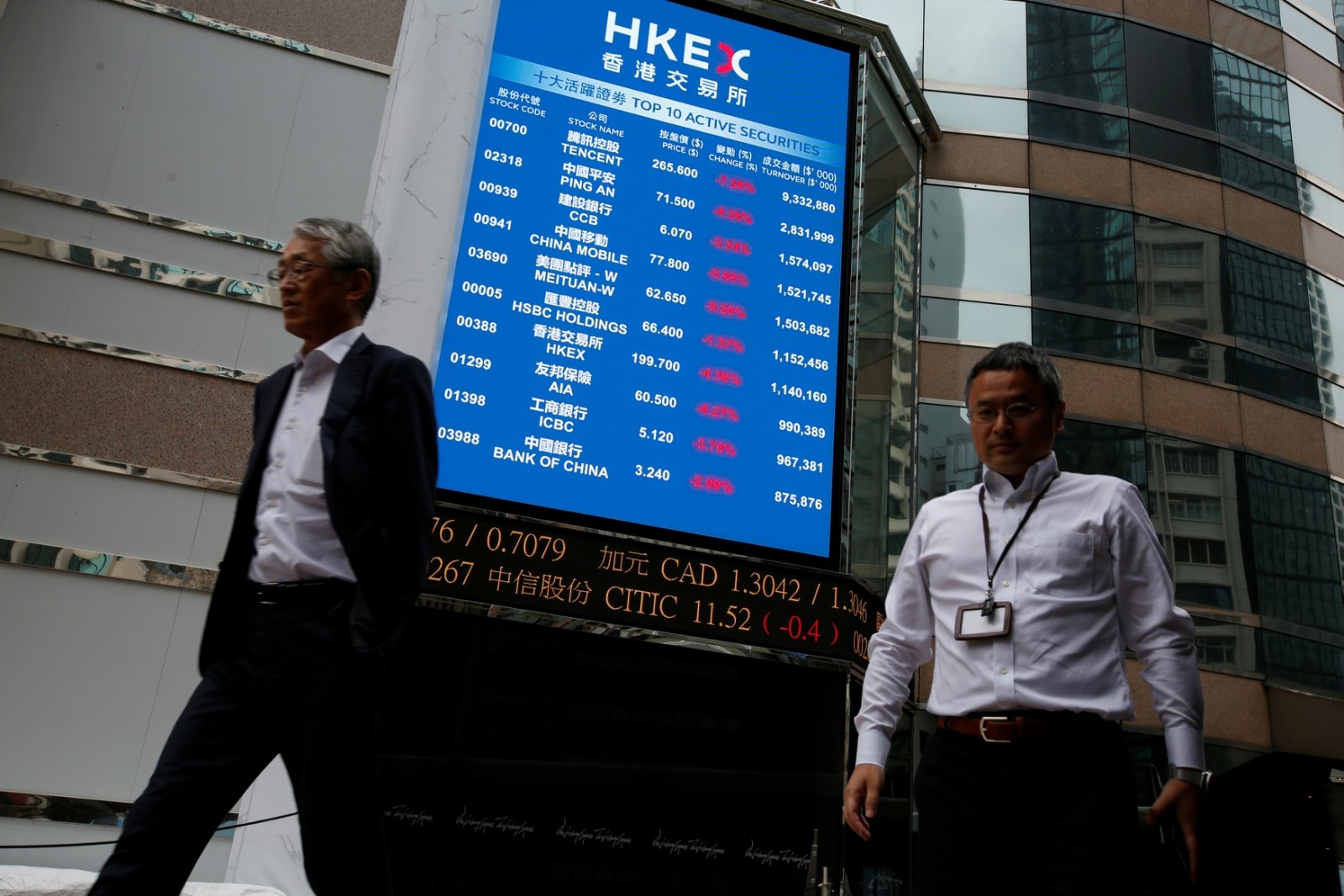
1. Asia: Stocks in Asia-Pacific were mixed in Tuesday morning trade as investors await the release of a slew of Chinese economic data expected later in the day. Mainland Chinese stocks were lower in early trade, with the Shanghai composite down 0.35 percent and the Shenzhen component shedding 0.235 percent. Hong Kong’s Hang Seng index hovered above the flatline. In Japan, the Nikkei 225 slipped 0.8 percent while the Topix index shed 0.93 percent. South Korea’s Kospi was slightly higher. Over in Australia, the S&P/ASX 200 dipped fractionally. Overall, the MSCI Asia ex-Japan index traded 0.14 percent higher, reported CNBC International. (Image: Reuters)
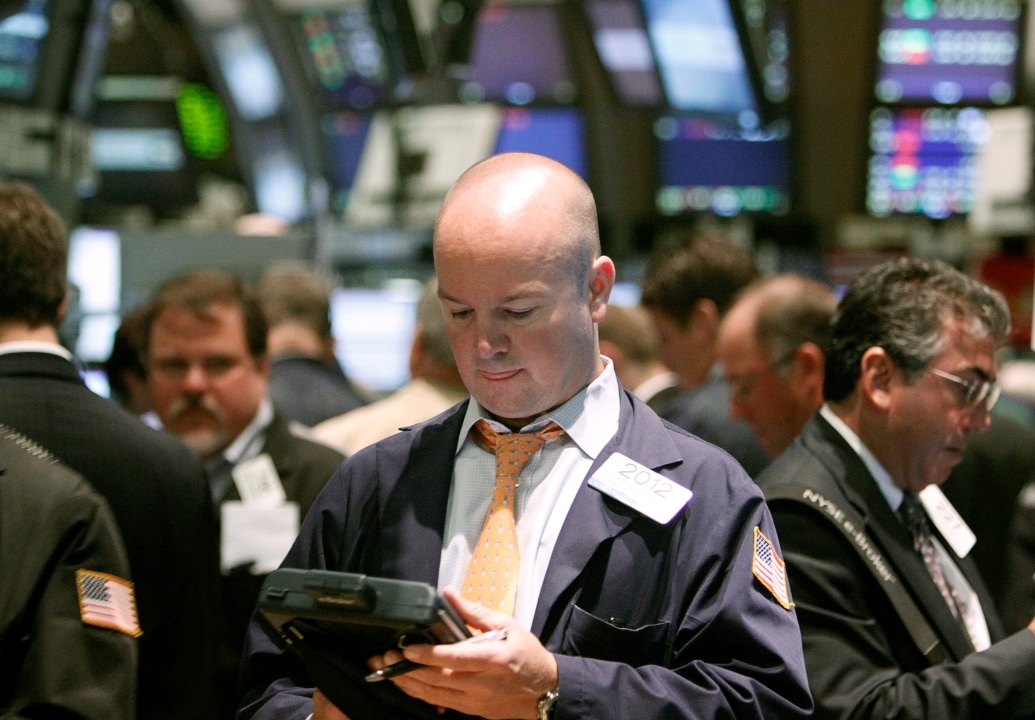
2. US: U.S. stock futures ticked slightly lower on Monday night after the market kicked off the week with a broad-based rally. Futures tied to the Nasdaq 100 slipped 0.2 percent, while those for the Dow Jones Industrial Average and S&P 500 slouched 0.1 percent. The move in futures follows a bounce-back session for Wall Street on Monday. Sentiment was boosted on Monday by positive news on the vaccine front, with AstraZeneca resuming its phase three trial in the United Kingdom and Pfizer CEO Albert Bourla saying over the weekend the company should be able to present key data from its trial to regulators by the end of October, reported CNBC International. (Image: AP)
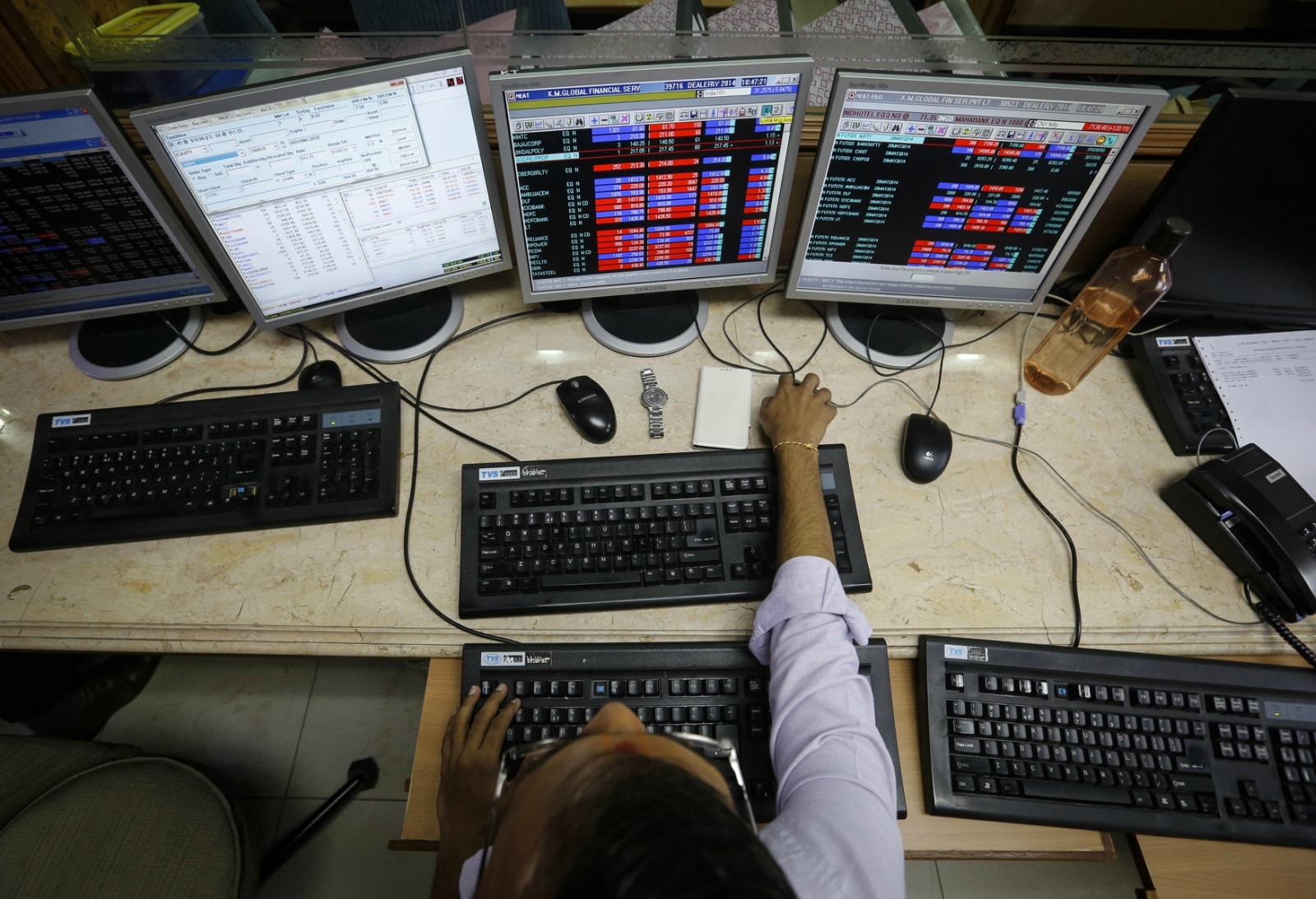
3. Market At Close On Monday: Indian shares ended lower on Monday after a volatile session dragged by financials and heavyweights RIL and Bharti Airtel, however, gains in IT stocks were capped losses. The Sensex ended 98 points lower at 38,756 while the Nifty fell 24 points to settle at 11,440. Broader markets continued to rally after market regulator Sebi announced new rules for the multi-cap funds. The Nifty Midcap index ended 2.5 percent higher while the Nifty Smallcap index rose 5.5 percent for the day. Smallcap index posted its biggest one-day gain in over 6 years while the Midcap Index in over 3 months. (Image: Reuters)

4. Crude Oil: Oil prices slipped slightly on Monday amid concerns about a stalled global economic recovery and with Libya poised to resume production, and failed to get support from an impending storm which has disrupted U.S. oil output. Brent crude was down 35 cents, or 0.9 percent, at $39.48 a barrel while U.S. West Texas Intermediate crude futures settled 7 cents, or 0.19 percent, lower at $37.26 per barrel. Both contracts ended last week lower, falling for a second week in a row, reported CNBC International. (Image: Reuters)
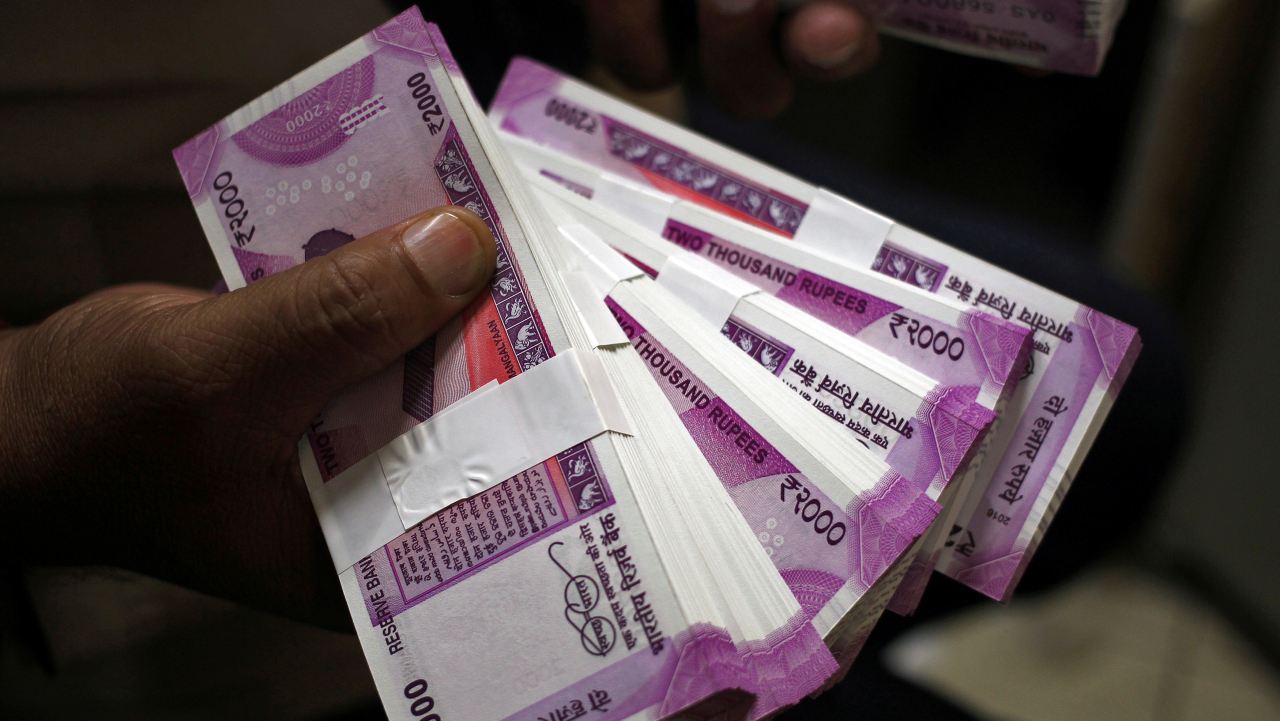
5. Rupee Close: The Indian currency recovered 6 paise to end 73.47 against the US dollar on Monday supported by weak American currency and positive domestic equities. On Friday, the rupee had settled at 73.53 against the US dollar. (Image: Reuters)
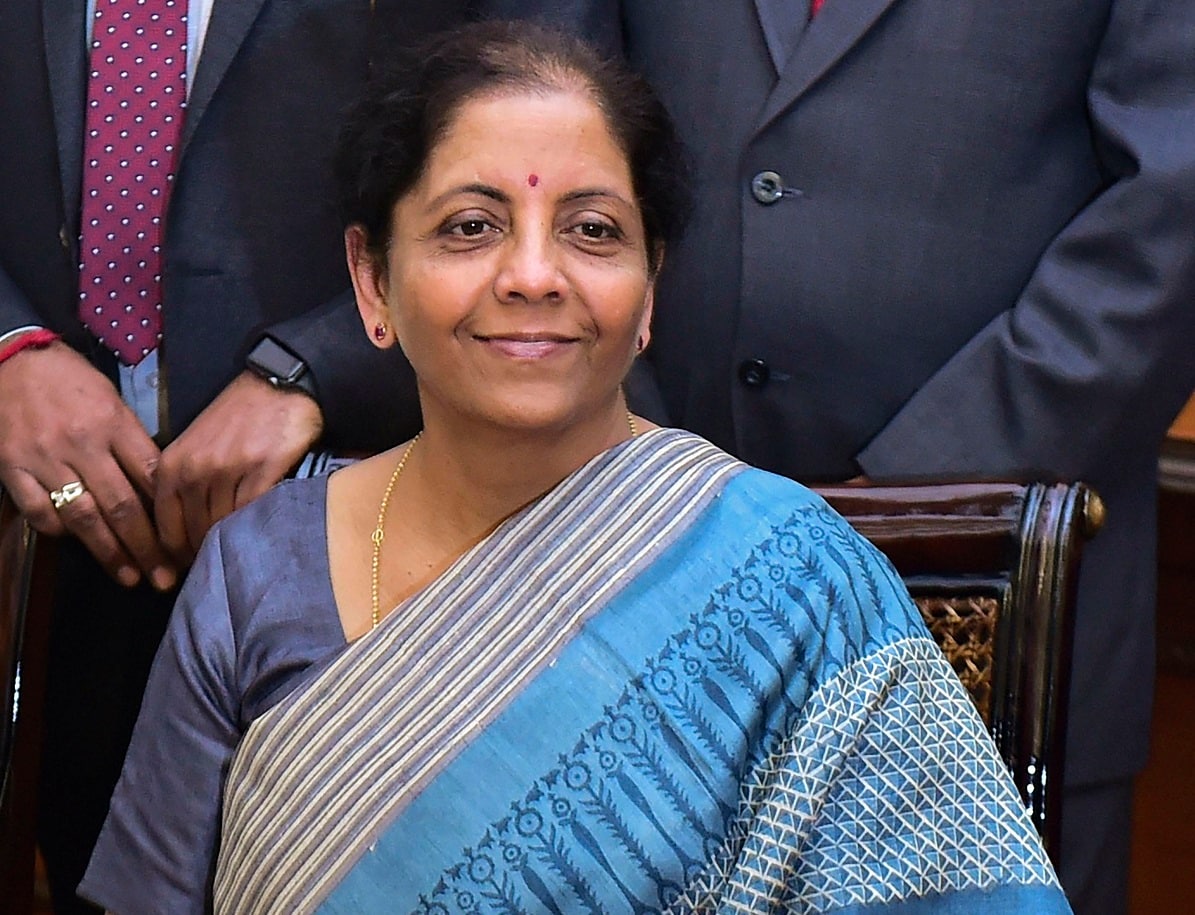
6. Govt On Additional Cash Spend: The government has sought the Parliament’s nod for additional cash expenditure of Rs 1.67 lakh crore, less than 1 percent of GDP, in the first supplementary demand for grants for FY21 tabled in the Parliament on Monday by Finance Minister Nirmala Sitharaman. While a large part of the additional cash spend relates to the PM Garib Kalyan Yojana and Atma Nirbhar Bharat announcements, the government has moved to bridge the gap between revenue deficit grants budgeted for FY21, against what was recommended by the Finance Commission. In other big ticket expenditure, the government has proposed Rs 40,000 crore be allocated additionally for MNREGA, Rs 31,000 crore for direct benefit transfer for women account holders under the Pradhan Mantri Jan Dhan Yojana — both allocations to be done for Ministry of Rural Development. (Image: PTI)

7. MoS for Finance On FII Limit In PSBs: There is no proposal for raising foreign institutional investment (FII) ceiling in public sector banks to 49 percent from 20 percent for capital mobilisation, Minister of State for Finance Anurag Singh Thakur informed the Lok Sabha on Monday. No amount has been raised by the government in the current financial year for recapitalisation of public sector banks (PSBs) through issuance of recapitalisation bonds, he said in a written reply. ”No proposal to amend this, is currently under consideration of the government,” he said while replying to a question if the government is mulling over raising FII in PSBs from 20 percent to 49 percent for capital mobilisation. (File Photo: IANS)

8. CPI Inflation Softens In August: India’s retail inflation softened marginally to 6.69 percent in August from 6.73 percent in July, as per government data released on Monday. The CPI core inflation was recorded at 5.8 percent as compared to 5.7 percent, all comparisons made month on month. The combined food price inflation during the month was at 9.05 percent versus 9.62 percent. The vegetable inflation rose marginally to 11.41 percent from 11.29 percent while fuel & light inflation increased to 3.10 percent from 2.80 percent. Further, housing inflation during August was recorded at 3.10 percent as against 3.25 percent in July. (Image: Reuters)
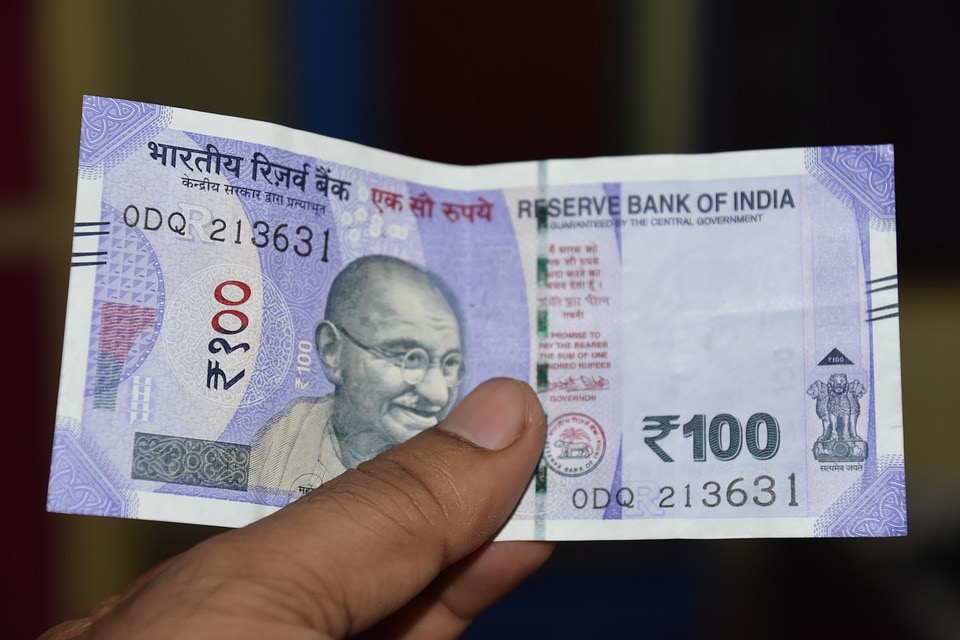
9. Bank Credit Grows By 5.49%: Bank credit grew 5.49 per cent to Rs 102.11 lakh crore, while deposits increased 10.92 percent to Rs 141.76 lakh crore in the fortnight ended August 28, according to RBI data. In the fortnight ended August 30, 2019, banks’ advances were at Rs 96.80 lakh crore and deposits stood at Rs 127.80 lakh crore. In the previous fortnight ended August 14, 2020, bank credit and deposits had grown by 5.52 per cent and 11.04 percent to Rs 102.19 lakh crore and Rs 140.80 lakh crore, respectively. On a year-on-year (y-o-y) basis, non-food bank credit grew at 6.7 percent in July as against a growth of 11.4 percent in the same month last year, according to the data on sectoral deployment of bank credit for July 2020, released recently by RBI. (Image: Reuters)

10. S&P On GDP Growth Forecast: S&P Global Ratings has cut India’s FY21 GDP forecast to -9 percent from -5 percent as it believes that rising COVID-19 cases in the country will keep private spending and investment lower for longer. “One factor holding back private economic activity is the continued escalation of the COVID-19,” said Vishrut Rana, Asia-Pacific Economist for S&P Global Ratings. It expects growth of 6.0 percent in fiscal 2022 and 6.2 percent in fiscal 2023. (Stock Image)
[ad_2]
Source link